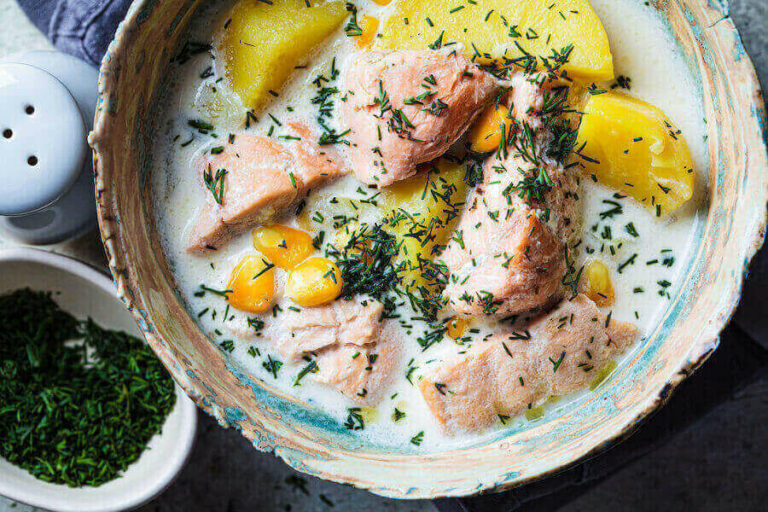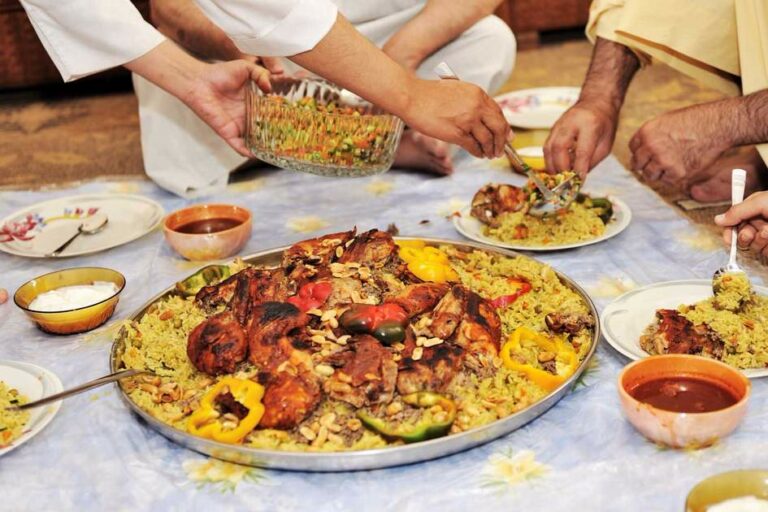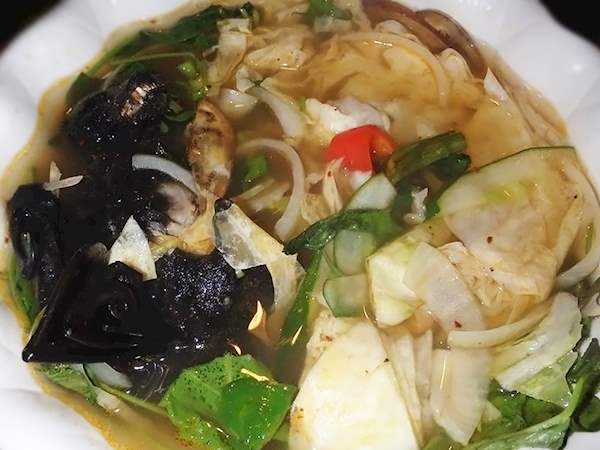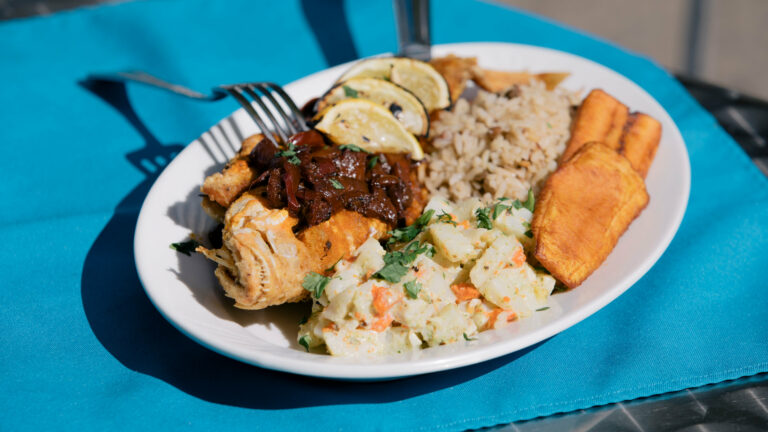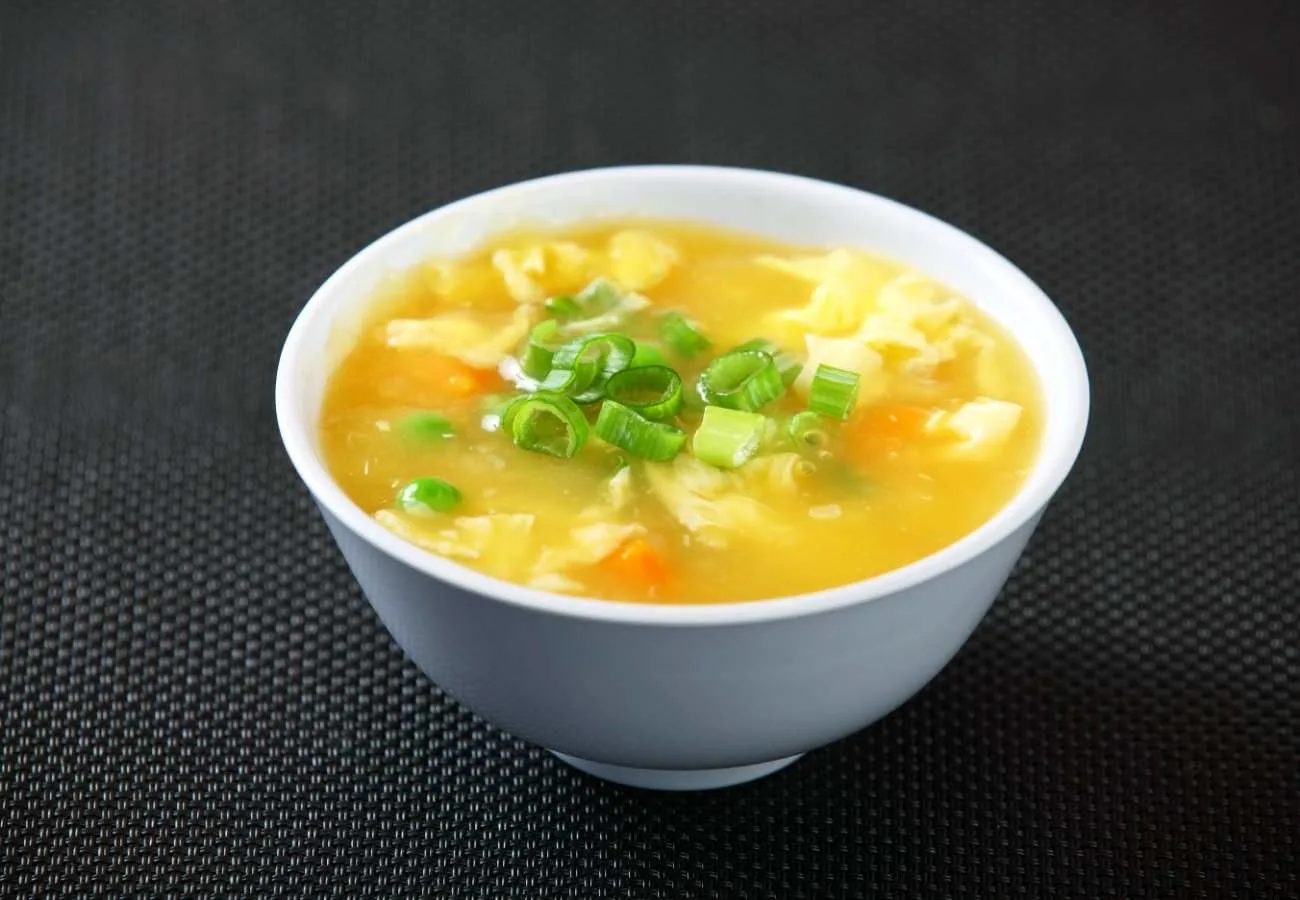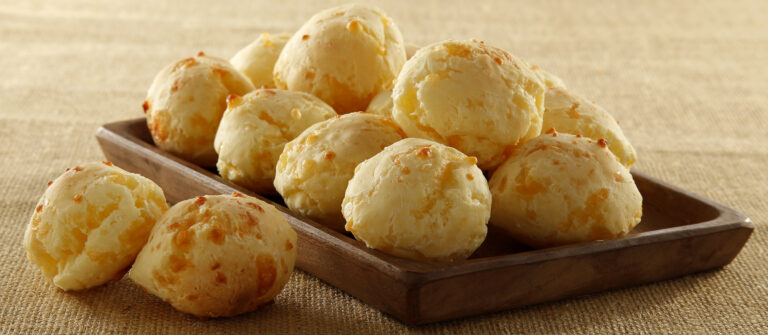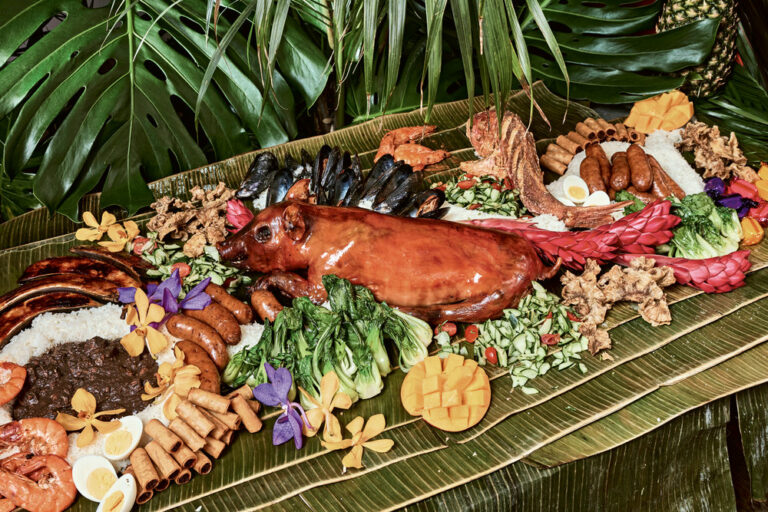Introduction to Norwegian Cuisine
Norwegian cuisine is characterized by fresh and natural ingredients, such as fish, meat, berries, and vegetables. The traditional dishes are hearty and flavorful, often reflecting the country’s geography and climate. Norway’s long coastline, mountains, and forests have influenced the culinary traditions of the country, as well as its history and culture.
Geography of Norway
Norway is a long, narrow country located in northern Europe, spanning from the North Sea to the Arctic Ocean. Its geography is defined by a rugged coastline, fjords, mountains, and forests. The coastal areas are home to many fishing villages, while the inland regions are characterized by farming and hunting.
Climate in Norway
Norway has a cold and temperate climate, with significant regional variations. The coastal areas have milder winters and cooler summers than the inland regions, where the climate is more continental. The northern parts of the country experience long, dark winters and short, bright summers. The climate has influenced the types of crops that can be grown in Norway, as well as the fishing and hunting traditions.
Traditional Norwegian Ingredients
Norwegian cuisine relies heavily on fish and seafood, such as salmon, cod, herring, and shrimp. Meat, especially lamb and game, is also an important part of the diet, as well as vegetables like potatoes, carrots, and cabbage. Berries, such as lingonberries and cloudberries, are used in desserts and jams, while dairy products like cheese and butter are staples in Norwegian cooking.
Influences on Norwegian Cuisine
Norwegian cuisine has been influenced by several factors, such as the country’s history, foreign trade, and cultural exchange. The Vikings introduced many of the food traditions that still exist today, such as the use of fermented fish and meat. The Hanseatic League, a trading alliance between German cities and Norway, brought new ingredients and spices to the country. Later, the influence of French and Italian cuisine became evident in the Norwegian cooking style.
Regional Variations in Norwegian Food
Norway has several regional variations in its cuisine, reflecting its diverse geography and cultural heritage. The coastal areas are known for their seafood dishes, such as fish soups and stews, while the inland regions focus on meat and dairy products. The northern parts of the country have a strong Sami influence, with dishes like reindeer stew and smoked fish. The western parts of Norway, known as Fjord Norway, have a unique culinary tradition based on preserved fish and lamb.

